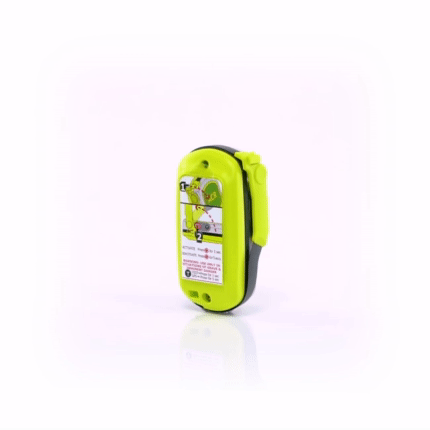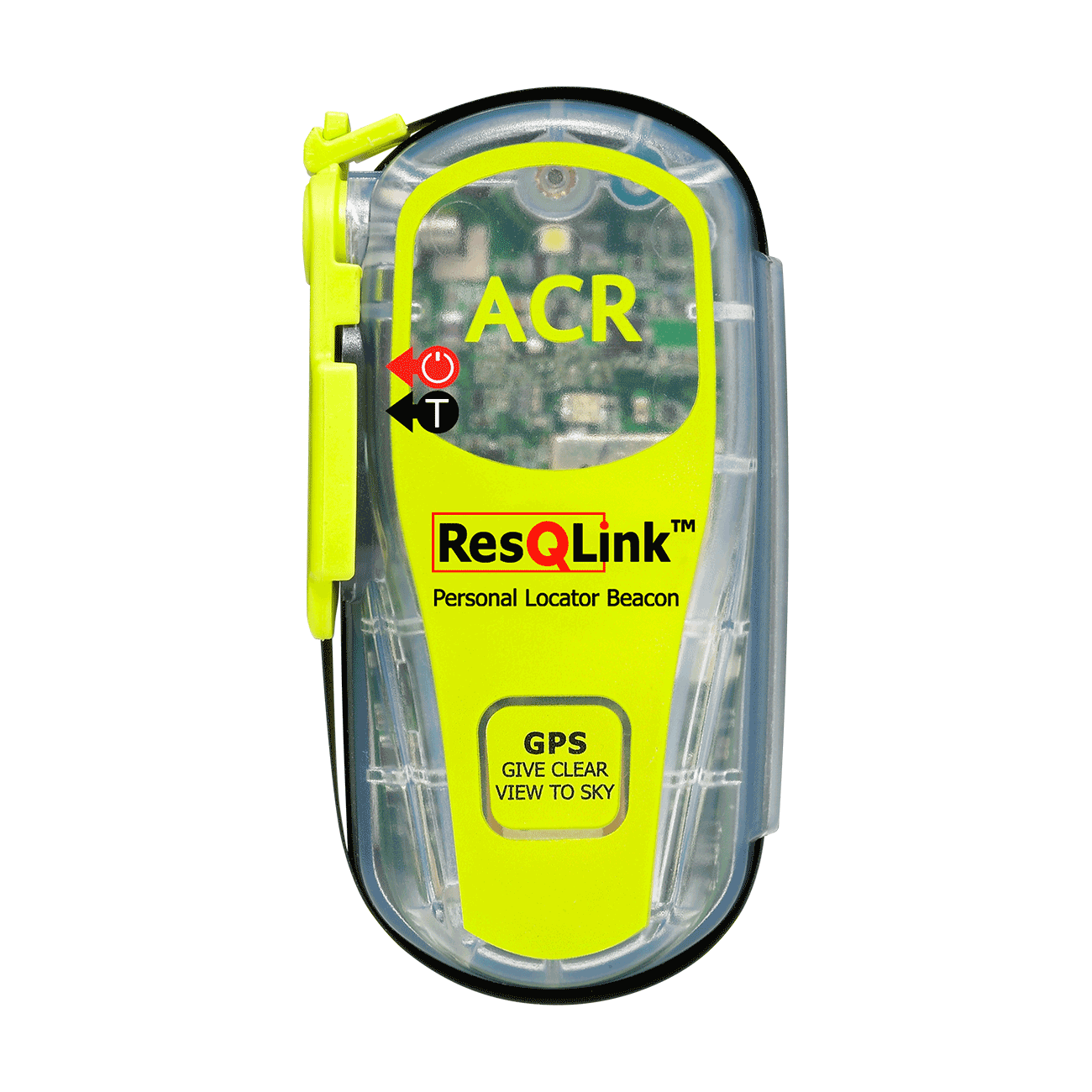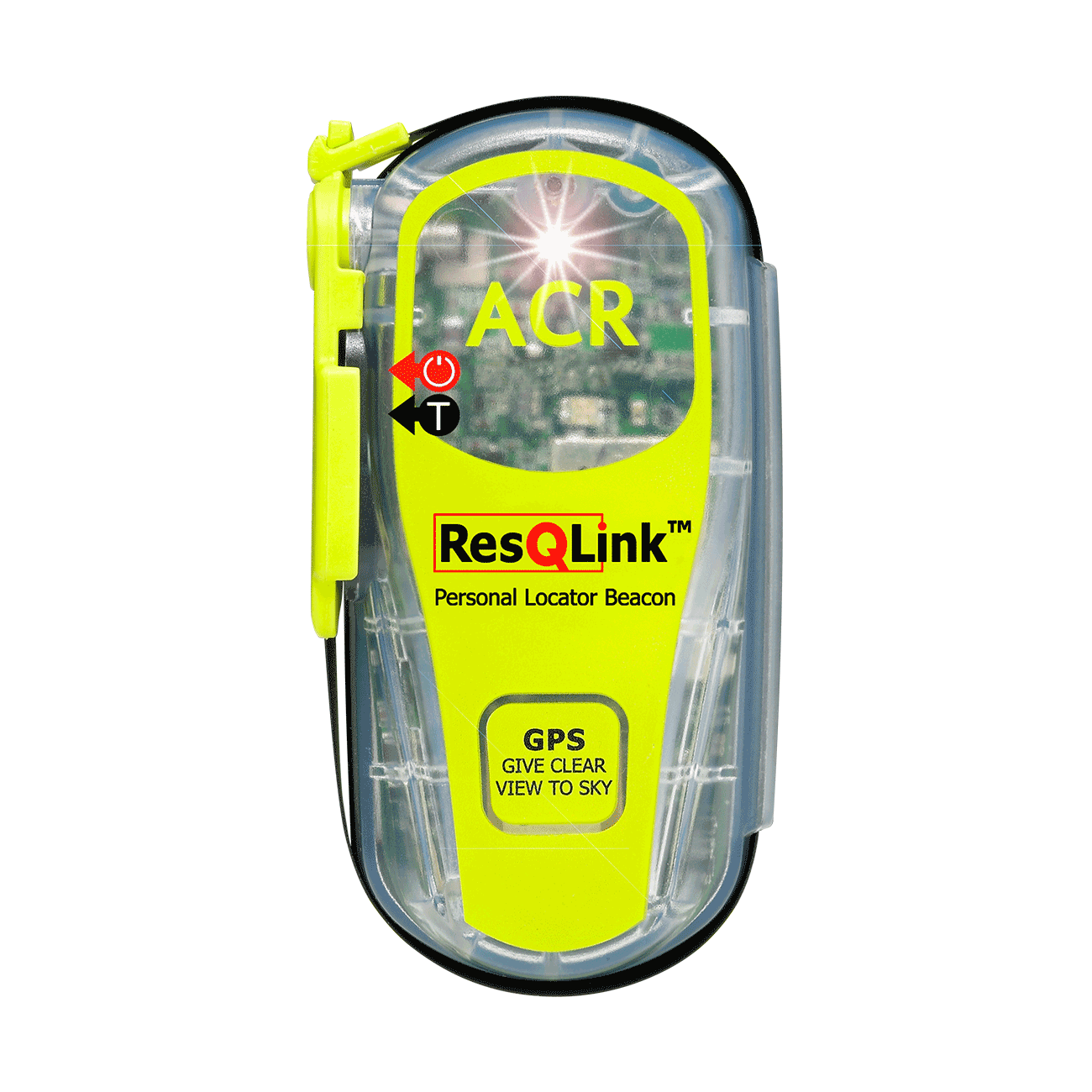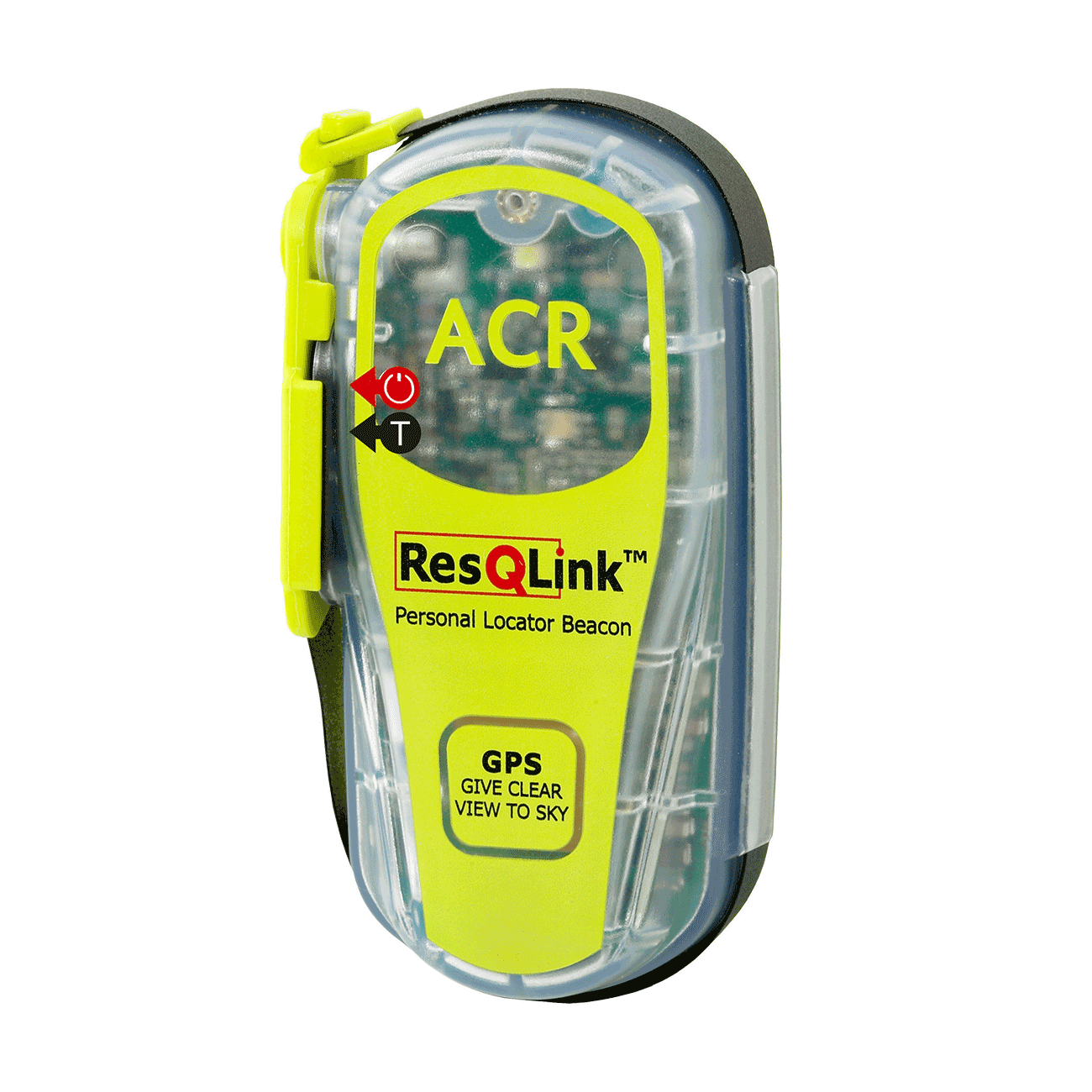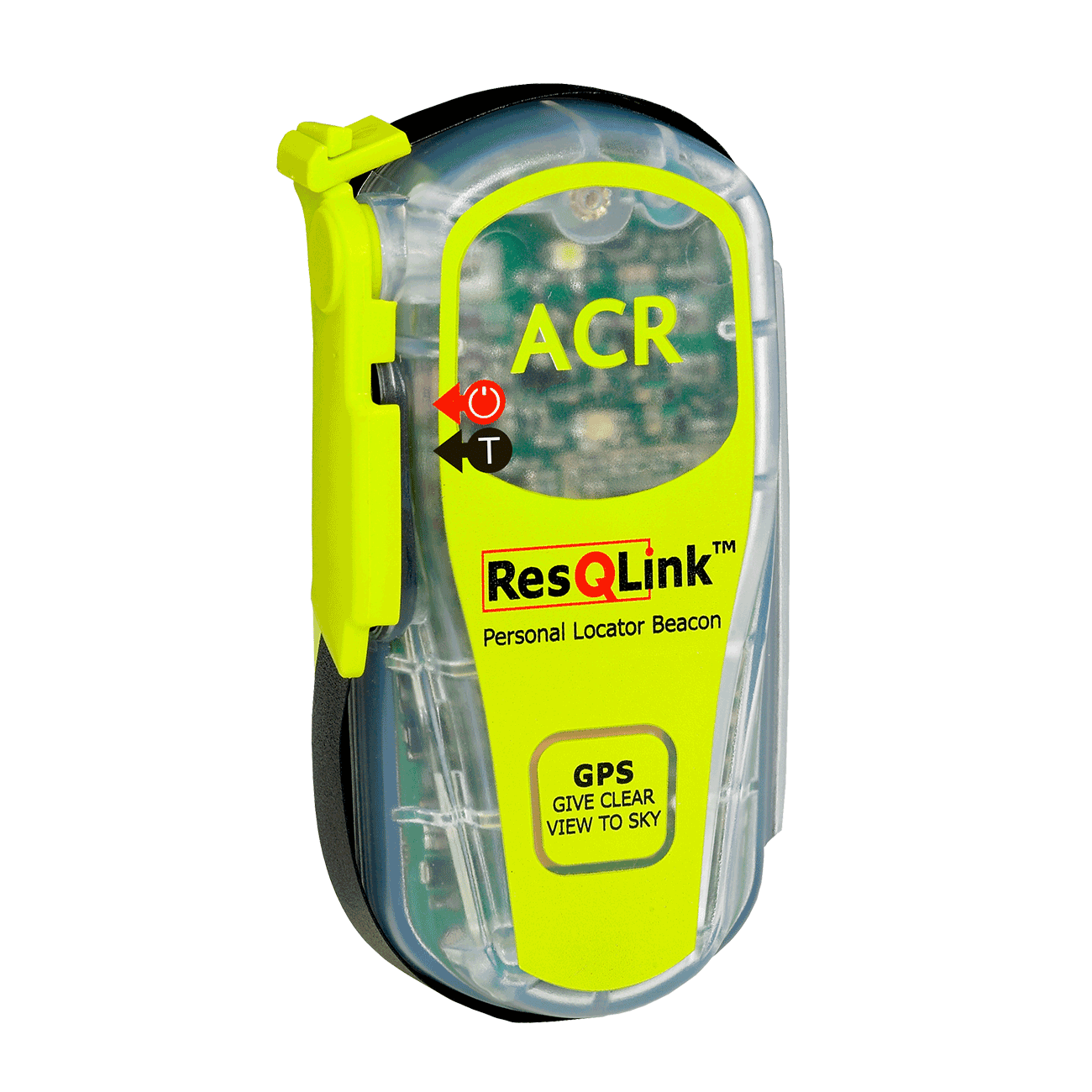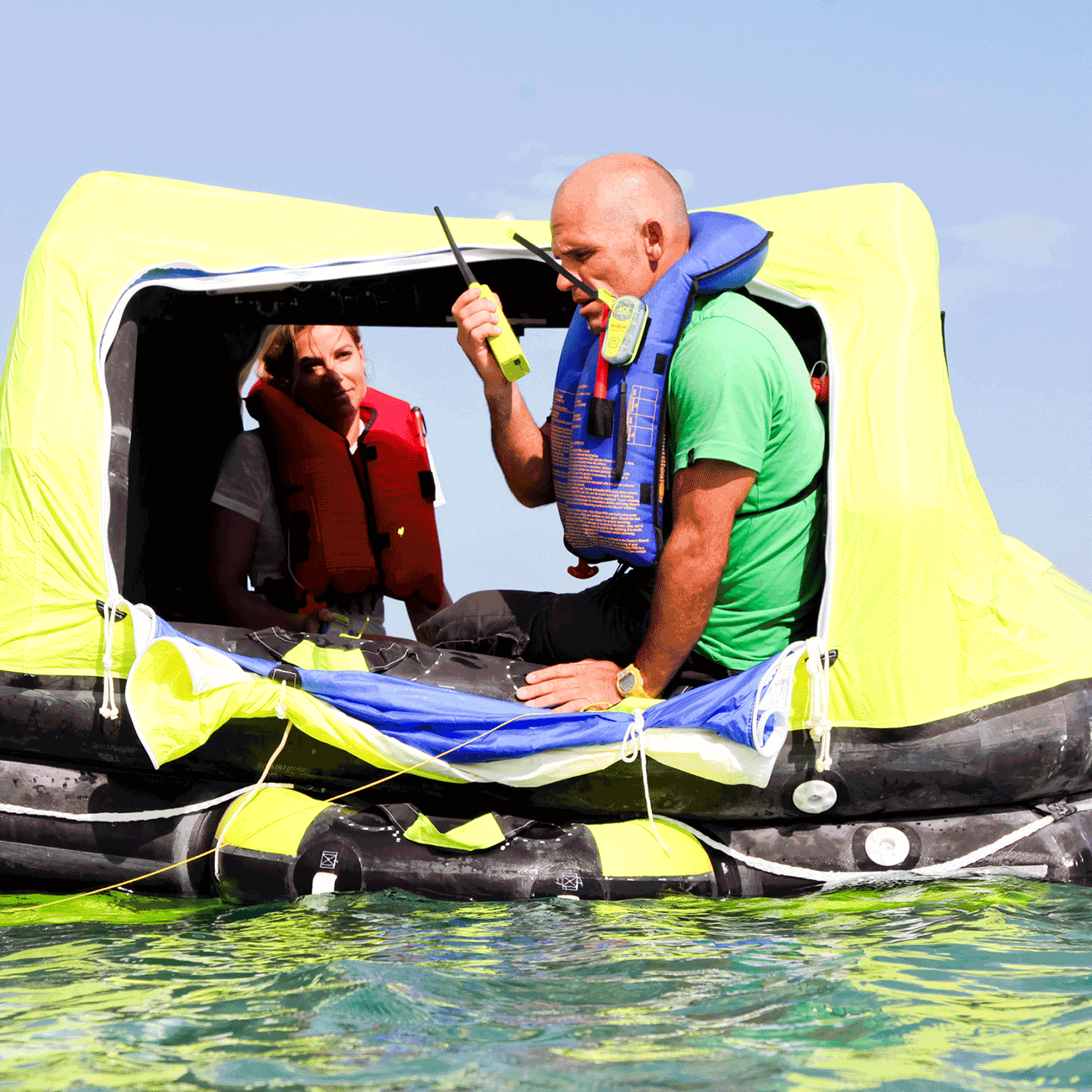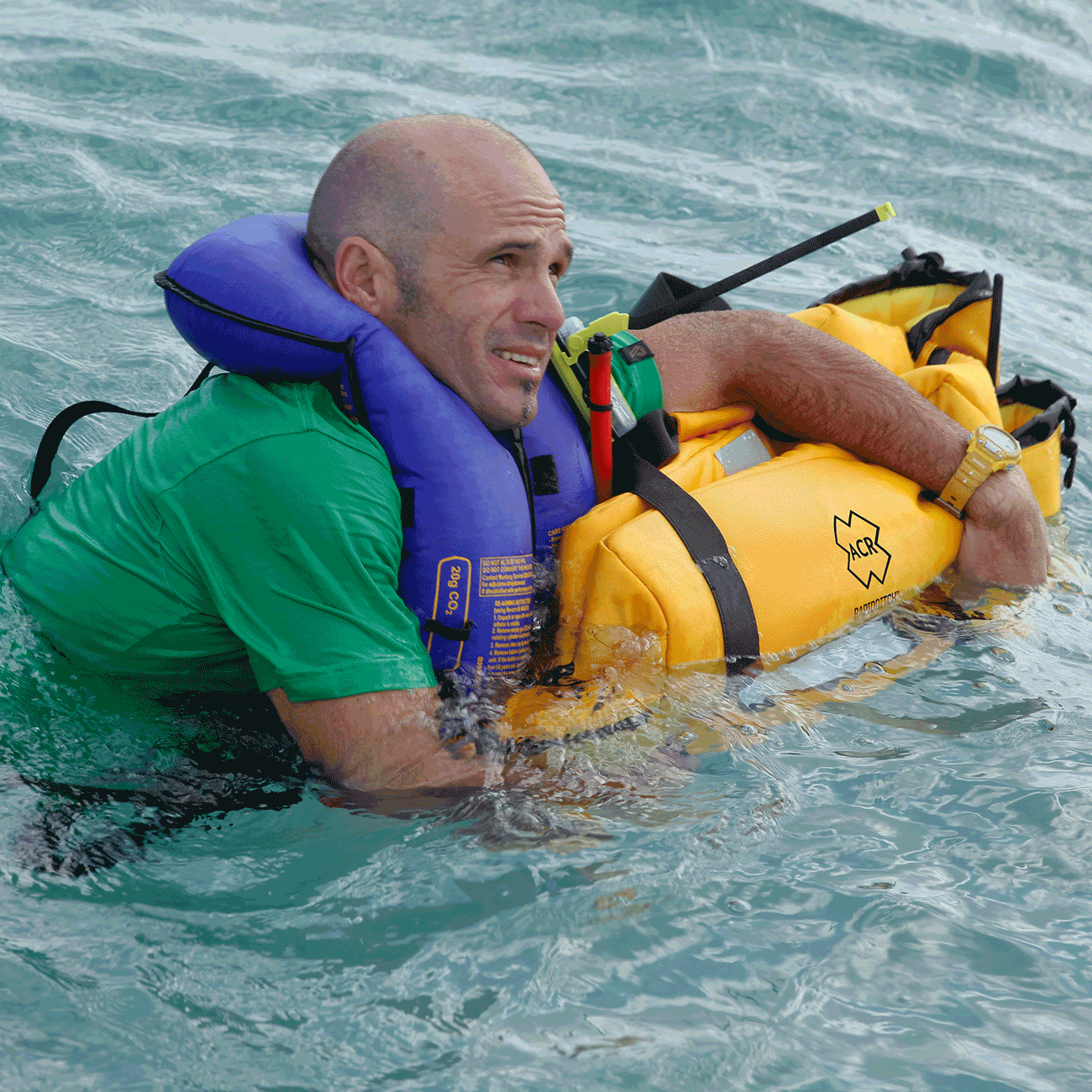Lives saved
2
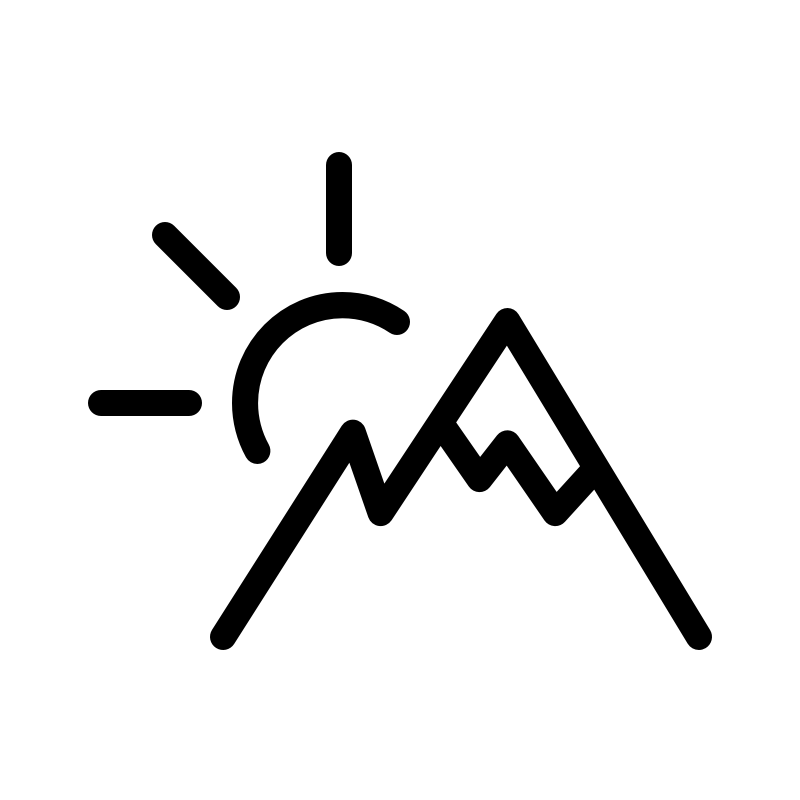
Climbing

Mountain

Weather

Snow
Mount Stuart in the Cascade Mountains of Washington
47.4751179°N, -120.9031444°W
Posted on May 2, 2018 by Edward
What happened?
Synopsis: 700 slide down a steep ice shoot on the north side of Mount Stuart in the Cascade Mountains of Washington. I broke my femur in multiple places. My climber partner fractured three of the vertebrae in his neck in the fall. Self rescue was not an option with our injuries and remoteness of our location. On the ground rescue would be nearly impossible due again to the remoteness of the location and steepness of the route we were on.
My friend and I were climbing the Ice Cliff Glacier route on Mt Stuart. We are both experienced climbers, but most of our technical climbing has been on alpine rock as opposed to steeper ice routes, and this route, in my mind, was sort of the next level in that venue for us. It took us two (albeit lazy) days for the approach to the climb due to the road being snowed in and bad snow conditions for either trying to ski tour or boot in. We starting climbing from our camp at around 1:00 in the morning. All of the steeper ice steps went smoothly and we were near the top of the route at a little after daybreak. By around 8:00 AM I was trying to climb over the cornice that guards the final salvation from the north side. We knew this part of the climb might pose a problem from reading through other people’s trip reports, but from our belay about 40′ below the cornice it looked manageable. We had a short discussion before I climbed the last 40′ up to it that I would set up a belay and bring my friend up before we tackled the cornice or I would just lead through it if it looked easy enough. I opted for he latter because I was stupid, stubborn, and impatient to get on the sunny side of the ridge. I was up off the deck, mantling with one hand on a step of ice and hacking away at the overhang unable to get any purchase on the mushy southside. The step of weak ice I was mantling on collapsed and I slid down from the top of the couloir, ripping my picket. This was the first time I have ever fallen and pulled the protection with me and before I knew I was sliding into my partner at an incredible speed. The picket anchor he was on failed (fairly soft snow in the majority of the couloir) as well as his desperate attempts to back it up with a self arrest. Faster and faster we were thrown down the couloir. I remember falling head first down the majority of it, powerless to do anything but endure the violent turbulence as I got pulled into the vacuum of my death and the drop off the ice cliff proper. In those moments I went through the experience that I am sure all climbers dread more than anything, but worse I was also inflicting this on such a remarkable and loved person as my climbing partner. I can’t quite remember what happened but just as the speed seemed to apex the next thing I knew I had come to a stop in the snow. We had someone come to a stop on a flatter slope above and to the climber’s left of the ice cliff glacier. Screaming gibberish and pumped full of adrenaline I assessed the situation after we decelerated to the zero. My friend had also come to a stop within a few feet of me, half-conscious and moaning, climbing helmet gone, his face bloodied up, some of it staining the snow, and one eye swollen shut. I seemed to be okay but when I tried to move I realized my leg was pretty badly broken. I quickly took off my backpack, and to my despair, opened it to find everything gone (I had a shovel in there that was sticking out of the pullstring cinched-top that must have caught on something, ripped it open and sent everything off into the ultimate ice cliff garage sale). Self rescue wasn’t a remote possibility given our condition and position on the mountain and what seemed like our only chance of survival, my personal locator beacon, was somewhere unknown and totally out of reach. We had survived the fall but the chances of surviving the exposure with our injuries before anyone had an idea of where we were seemed worse than the chances of successfully navigating an asteroid field. But this was the second miracle: among the few items of gear debris within eyeshot of us was my blue emergency first aid kit about 50′ down the slope from us, not far above another drop-off which had my PLB in it. At this point my partner was able to get up and stagger around a bit but was dazed and confused and didn’t know where we were. “We’re on the Ice Cliff Glacier” I said. Desperate to make sure the small blue package down the hill was indeed my first aid kit, I asked him to try to retrieve it, saying it was necessary for our survival. Utter despair turned into beautiful hope when he was able to return with the PLB and we fired it off without hesitation.
Between the hours that the accident happened and the helicopter rescued us my partner had gained full awareness and was able to walk around and retrieve his backpack which had a spare sleeping bag, space blanket etc. I couldn’t move at all without feeling excruciating pain, but eventually forced myself off the snow and onto my pack and got waddled into the sleeping bag and space blanket. A few hours after the we sent the emergency signal, my friend was able to get through to 911 (another miracle given the topragraphy, but he has Verizon so, you know) and we were able to get confirmation that a SAR team was being assembled and we could confirm our location and situation. But of course I had my internal doubts: would they be able to find us? would they be able to get the helo close enough? Fortunately it was a clear blue day with almost no wind. At around 1:30 we heard the unmistakable sound of the rescue helicopter echoing off the canyon walls. My heart broke a few times as it made a few distant passes too far to the north to see us, but eventually they spotted us and flew into the narrow canyon. Survival. They deployed a rescuer on a cable down to us as the helicopter hovered above. He harnessed my friend first they were beamed up. Survival. He come back down to me, said they couldn’t get a litter down for my broken leg because the nature of the snow slope and would have to just pull me up. He put the body harness on me and up we went, me hollering at the top of the my lungs as I was pulled into the vacuum of life.
Words of wisdom
Ground rescue would be nearly impossible due again to the remoteness of the location but our PLB saved us.
Thank you note
Thank you ACR!
Rescue location
Mount Stuart in the Cascade Mountains of Washington
Rescue team
Local Search and Rescue
ResQLink™
Go to product detailsOut of stock
